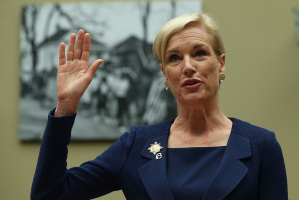Microsoft's New Processors Will Be Compatible Only with Windows 10
Microsoft's new generation of processors will be compatible only with the Windows 10 operating system (OS), the tech giant announced last Friday.
For several years, Microsoft's desktop operating systems have been enjoying long-term support, but this will soon be over. The software firm is now planning to revise its hardware support policy and scrap support for older platforms, leaving Windows 10 as the only platform being supported by its new processors, according to Tech Post.
In an entry on Microsoft's official blog, Windows and Devices Group Executive Vice President Terry Myerson confirmed the news. He said the new silicon generations of processors will only work with the latest Windows platform.
"Going forward, as new silicon generations are introduced, they will require the latest Windows platform at that time for support," said Myerson on Microsoft's blog. "Windows 10 will be the only supported Windows platform on Intel's upcoming 'Kaby Lake' silicon, Qualcomm's upcoming '8996' silicon, and AMD's upcoming 'Bristol Ridge' silicon."
On Friday, Microsoft announced that support for older operating systems on its new processors will be terminated. However, the new hardware policy will not affect updates for Windows 7 and Windows 8.1. The former will still have updates until Jan. 14, 2020, while the latter will still receive updates until Jan. 10, 2023. This is only applicable for users with hardware support for the two operating systems, The Verge explains.
Meanwhile, Microsoft assured that it will give users an 18-month grace period to allow them to buy new hardware before the company implements the new policy. The firm also said it will monitor the systems with Skylake approval that will still have support for Windows 7 and Windows 8.1 until July 27, 2017.
For Microsoft's hardware partners, the policy change is good news because it will no longer require them to make a lot expensive software updates for older Windows versions. In addition, the move will help Microsoft gain more users of Windows 10.




























